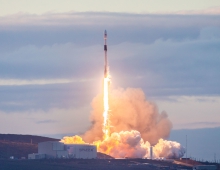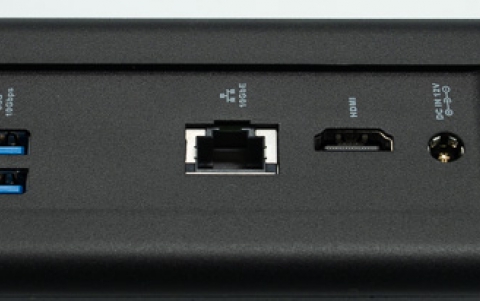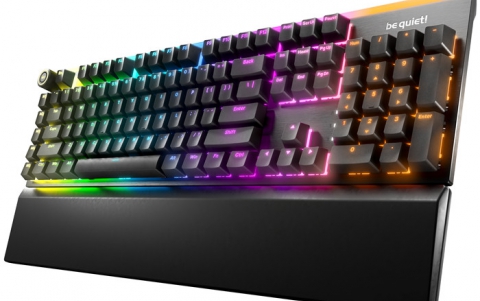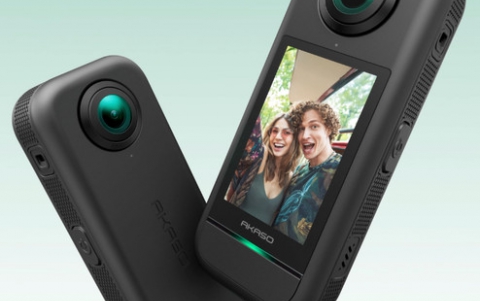
Your Next Smartphone's GPS Will be Extremely Accurate
Broadcom has released the first mass-market GPS chips that use newer satellite signals to boost accuracy to 30-centimeters.
Obviously, your current phone's GPS isn't accurate enough for your navigation app to tell if you're on the highway or on the road beside it. Broadcom seems to change that.
At the ION GNSS+ conference in Portland, Ore., today the company announced that it is sampling the first mass-market chip that can take advantage of a new breed of global navigation satellite signals and will give the next generation of smartphones 30-centimeter accuracy instead of today's 5-meters. In addition, the BCM47755 chip promises to work in a city's concrete canyons, and it consumes half the power of today's generation of chips.
The chip will be part of some smartphones slated for release in 2018, but Broadcom would not reveal which.
GPS and other global navigation satellite services (GNSSs) allow a receiver to determine its position by calculating its distance from three or more satellites. All GNSS satellites broadcast a message called the L1 signal that includes the satellite's location, the time, and an identifying signature pattern. A newer generation broadcasts a more complex signal called L5 at a different frequency in addition to the legacy L1 signal. The receiver essentially uses these signals to fix its distance from each satellite based on how long it took the signal to go from satellite to receiver.
The BCM47755 supports two frequencies (L1+L5), and as a result, achieves lane-level accuracy outdoors. It's receiver first locks on to the satellite with the L1 signal and then refines its calculated position with L5. The latter is superior, especially in cities, because it is much less prone to distortions from multipath reflections than L1.
In addition, the L5 signals are so brief that the reflections to buildings in a city environment that are unlikely to overlap with the direct signal. The receiver chip can simply ignore any signal after the first one it receives, which is the direct path. The Broadcom chip also uses information in the phase of the carrier signal to further improve accuracy.

Furthermore, the BCM47755 incorporates numerous technologies that enable ultralow power consumption in both the location function and the sensor hub function. The device features a low-power RF path, a Big/Little CPU configuration composed of an ARM-based 32-bit Cortex-M4F (CM4), an ARM-based Cortex-M0 (CM0), and is built in a 28 nm process.
Bosch, Geo++, Mitsubishi Electric, and U-blox, have also established a joint venture called Sapcorda Services in August, to provide centimeter-level accuracy in GPS.
Sapcorda seems to depend on using ground stations to measure errors in GPS and Galileo satellite signals due to atmospheric distortions.

















